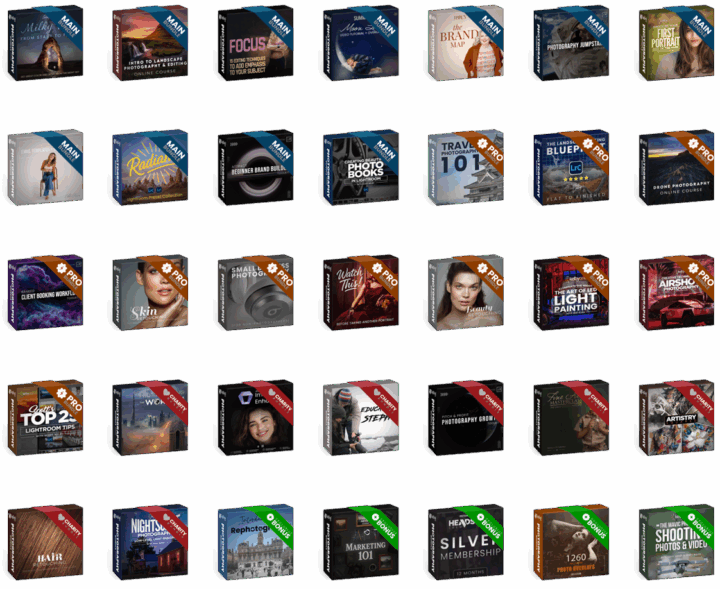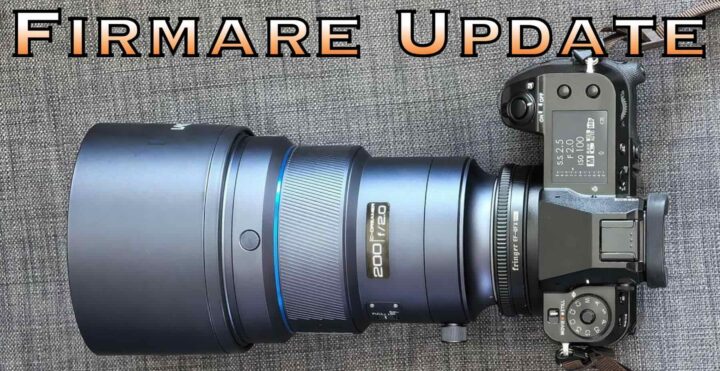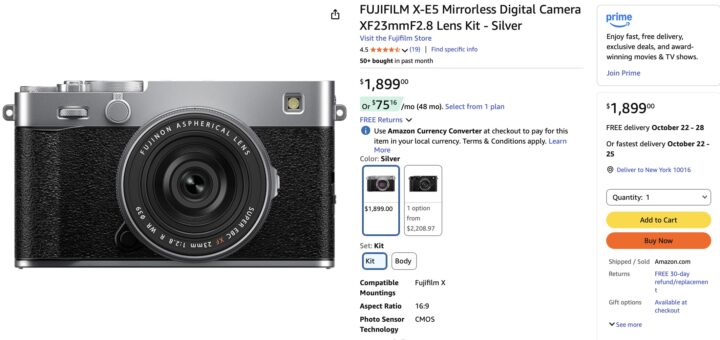Black Fujifilm X-E5 Kit Now on Amazon — Ships Soon, Sells Fast, Ranks High!
Finally also the black Fujifilm X-E5 with XF23mmF2.8 kit is available for order at Amazon for regular price shipped and sold by Amazon.com.
If you place your order now, it will ship between October 18/20.
At the time of this post, the X-E5 kit is marked as the best selling new mirrorless camera new release.
The X-E5 kit is sold out at BestBuy, not yet available at Nuzira here and Moment here, and available with a “slight delay” on Adorama here (no firm dates given).
- Fujifilm X-E5
BHphoto / Amazon US (black body/kit – silver body/kit) / Adorama / Moment / Nuzira / BestBuy / Paul’s Photo







